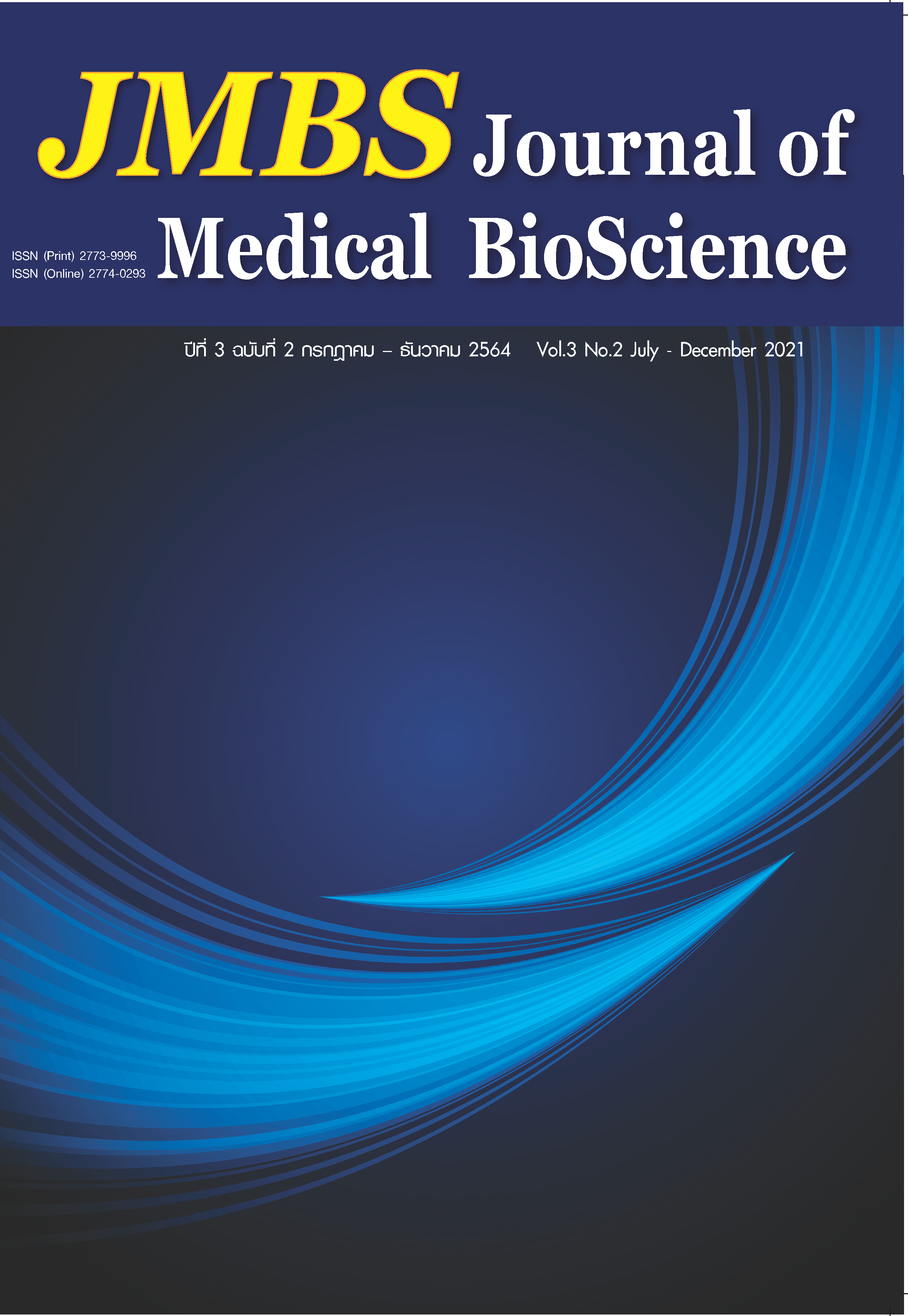Cross-cultural adaptation and reliability of the water orientation test Alyn into Thai version: Preliminary study
Keywords:
Cross-cultural adaptation, hydrotherapy, internal consistency, inter-rater reliability, WOTA assessmentAbstract
Background: Hydrotherapy benefits children with developmental disorders who find land-based physical activity challenging. Water Orientation Test Alyn (WOTA1 and WOTA2) offers reliable and cost-effective means to any group with or without disabilities and at all ages, starting at 4 - 5 years.
Objectives: This study aimed to translate and adapt the WOTA into Thai and evaluate their internal consistency and interrater reliability in Thai children and youths.
Methods: WOTA1 and WOTA2 were translated through a forward-backward translation process and reviewed by experts. Cronbach’s alpha, percent agreement, and intraclass correlation coefficients (ICCs; 95% CI) were used to calculate internal consistency, inter-rater agreement, and inter-rater reliability, respectively. Weighted kappa coefficients (Kw) were applied in item-level analyses to measure the degree of agreement between raters on a 4-ordinal scale. Assessors evaluated children’s performance in a swimming pool setting (30 minutes/child).
Results: The cross-cultural translation process achieved consensus and equivalence, ensuring understandable terminology and command language. Phase II assessed Thai-WOTA1 and Thai-WOTA2 separately. Percent agreement between raters indicated excellent agreement (90.9% for Thai-WOTA1; 100.0% for Thai-WOTA2). Cronbach’s alpha was > 0.9 in both instruments, suggesting excellent internal consistency of the Thai-WOTA. ICC of 0.92 (95% C = 0.87 - 0.96) for Thai-WOTA1 and of 0.96 (95% CI = 0.91 - 0.99) for Thai-WOTA2, suggesting excellent interrater reliability. Weighted kappa of test items in both Thai-WOTA1 and Thai-WOTA2 indicated excellent agreement (K = 0.7 to 1.00).
Conclusion: The preliminary study conducted in Thailand demonstrates excellent reliability in the Thai-WOTA1 and Thai-WOTA2 assessments among the Thai children’s population, indicating potential for future research.






